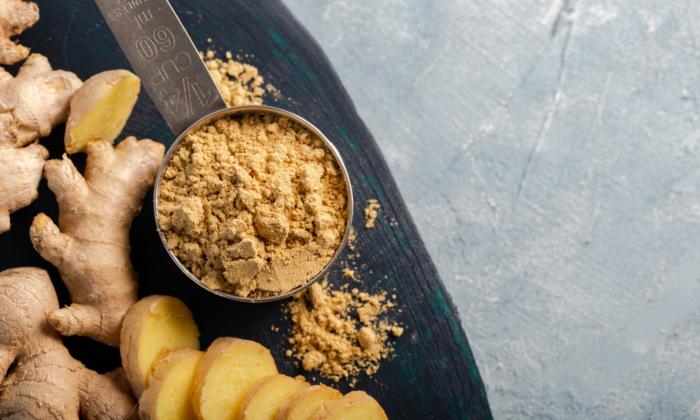Fluoride’s neurotoxicity has been the subject of academic debate for decades and is now a matter of increasingly impassioned controversy among the general public as well.

The study opens by describing the historical backdrop for concern about fluoride’s significant and wide-ranging toxicity.
“Fluoride (F) is probably the first inorganic ion which drew [the] attention of the scientific world for its toxic effects and now the F toxicity through drinking water is well-recognized as a global problem. Health effect reports on F exposure also include various cancers, adverse reproductive activities, cardiovascular, and neurological diseases,” the study reads.
The study focused on fluoride-induced neurotoxicity, identifying excitotoxicity (stimulation of the neuron to the point of death) and oxidative stress as the two main drivers of neurodegeneration.
Subjects with the condition known as fluorosis, a mottling of tooth enamel caused by excessive exposure to fluoride during tooth development, have also been found to have neurodegenerative changes associated with a form of oxidative stress known as lipid peroxidation (rancidity).
Excess lipid peroxidation in the brain can lead to a decrease in total brain phospholipid content.
Owing to these well-known mechanisms of fluoride-associated neurotoxicity and neurodegeneration, the researchers identified the primary polyphenol in the spice turmeric—known as curcumin—as an ideal agent worth testing as a neuroprotective substance.
Previous research on curcumin indicates that it’s capable of acting as an antioxidant in three distinct ways: by protecting against singlet oxygen, hydroxyl radicals, and superoxide radical damage. Also, curcumin appears to raise endogenous glutathione production in the brain, a major antioxidant defense system.
- Control (no fluoride)
- Fluoride (120 ppm), given in distilled drinking water without restriction
- Fluoride (120 ppm/30 mg/kg body weight) and curcumin: An oral dose of curcumin dissolved in olive oil along with fluoride in drinking water
- Curcumin (30 mg/kg body weight)
As was expected, the fluoride-only treatment group showed significantly elevated MDA levels compared with the nonfluoride-treated control group. The fluoride and curcumin group saw reduced MDA levels compared with the fluoride-only group, demonstrating curcumin’s neuroprotective activity against fluoride-associated neurotoxicity.
“Our study thus demonstrate that [a] daily single dose of 120 ppm F result in highly significant increases in the [lipid peroxidation] as well as neurodegenerative changes in neuron cell bodies of selected hippocampal regions,” the researchers reported.
“Supplementation with curcumin significantly reduce the toxic effect of F to near normal level by augmenting the antioxidant defense through its scavenging property and provide an evidence of having therapeutic role against oxidative stress mediated neurodegeneration.”
◇ References:
[i] Bhatnagar M, Rao P, Saxena A, Bhatnagar R, Meena P, Barbar S. Biochemical changes in brain and other tissues of young adult female mice from fluoride in their drinking water. Fluoride. 2006;39:280--4. [Ref list]



